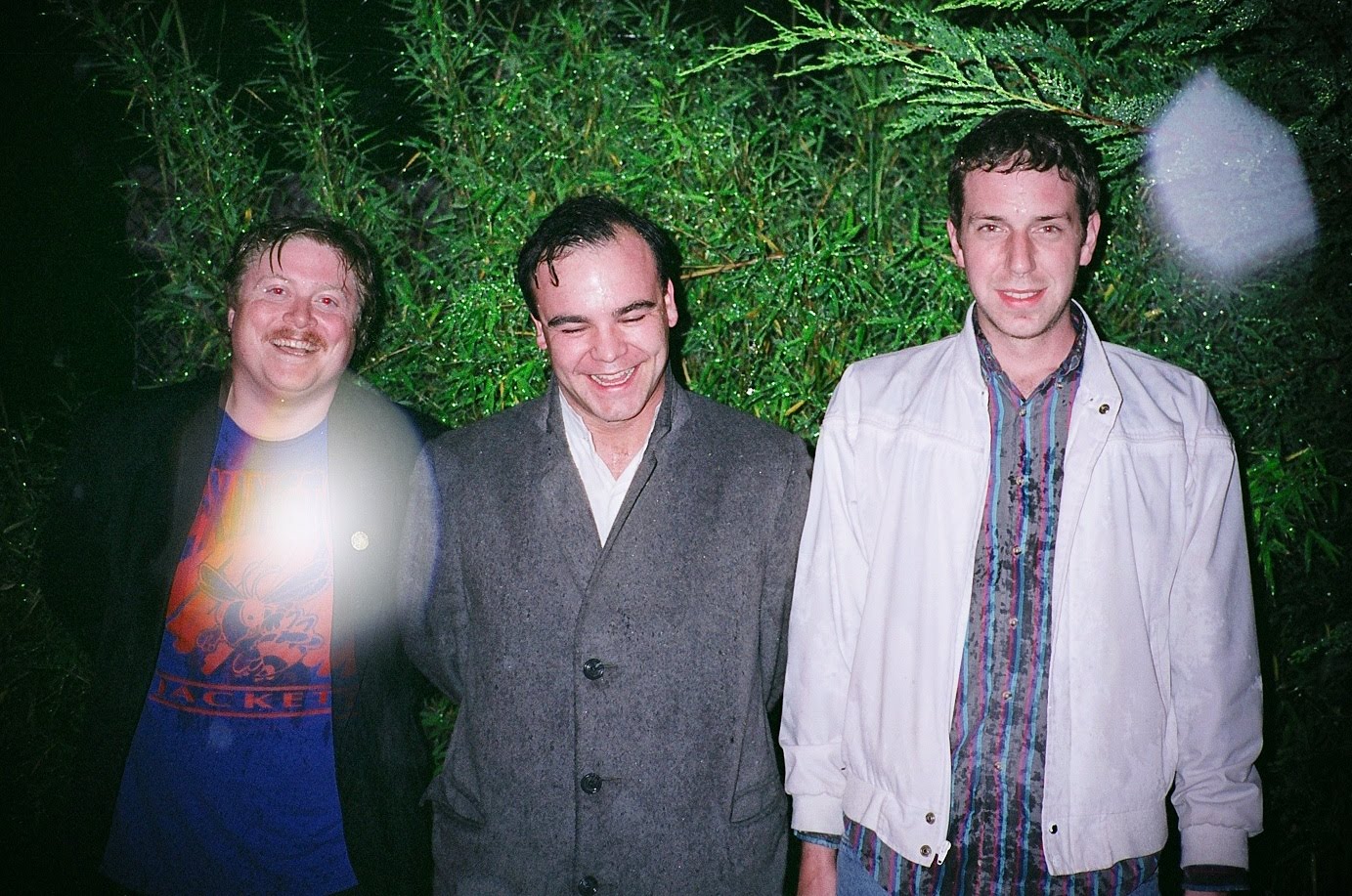Missed out on Part 1? Click here to start from the beginning!
"Making Money"
Spotify also argues that music artists receive a fair share for their music when partnered with Spotify, making the artist more successful and profitable by making a contract with them. They claim that through Spotify’s financial system, artists can and do make a profit through putting their music onto the Spotify client. According to the Artists informational section on the Spotify website, Spotify takes their monthly revenue, and splits it accordingly to each artist based on the artist’s ratio of song streams to total Spotify song streams. Then, Spotify takes their cut of the money, about thirty percent, leaving approximately seventy percent of all revenue generated by Spotify paid to the rights holders of all of the songs on Spotify. Finally, the right’s holders of the music distribute the royalties based on their own contracts with the artists. This means that if an artist publishes independently, they get to keep the full seventy percent of the revenue. Spotify also published figures giving sample earnings of albums over a month, ranging from a “Niche Indie Album” raising a measly $3,300 to a “Global Hit Album” cashing in a hefty $425,000. Through this explanation and these figures, Spotify provides a sound looking case for artists to switch to Spotify as their main revenue generator. This data is a trap, however.

A graph taken straight from the Spotify website.
What Artists Really Make
Although Spotify spins their data to show them helping artists generate profit, the application makes the artists very little money. First, while the rights holders of the songs receive their seventy percent of the songs’ revenue, not every rights holder is the artist themselves. Many artists have contracts with music labels where the artists are bound by contracts to receive only a small portion of actual royalties compared to the revenue their music generate. While a major portion of the money taken from artists for their music is the record companies, Spotify’s policies do nothing to address this issue. Because Spotify then also takes its own cut of the songs’ revenues, musicians are now making even less money than before the dawn of the music streaming era. When broken down to revenue per play, most artists generate between $0.004611 and $0.0084 for every song play on Spotify. This may look like it can add up to great sums for global hit songs, but those songs are the one percent of the musicians of the world. According to Damon Krukowski, lead singer of Galaxie 500 and Damon & Naomi, music streaming pays artists terribly: “Galaxie 500's "Tugboat", for example, was played 7,800 times on Pandora that quarter, for which its three songwriters were paid a collective total of 21 cents, or seven cents each. Spotify pays better: For the 5,960 times "Tugboat" was played there, Galaxie 500's songwriters went collectively into triple digits: $1.05 (35 cents each).” These real statistics just go to show that artists struggle to earn revenue through streaming services. With these calculations, the profit from 47,680 streams on Spotify is equal to one record sale.

Galaxie 500
It Gets Worse
Even scarier, Galaxie 500 is independently produced. Had Galaxie 500 been signed to a label, they would have made almost virtually no profit from putting their content on Spotify, leaving Spotify and the record company with all of the actual profits. Now, a year and a half after Krukowski’s article was posted on Pitchfork, Galaxie 500’s “Tugboat” has 439,780 plays on Spotify and is their most played song by almost double of the next highest, “Strange” having roughly 240,000 plays. This means through Spotify, “Tugboat” has generated the profit of less than ten record sales. Considering these views have accumulated over about two years, there is no way Galaxie 500 can achieve a financial gain through Spotify. Some artists cannot even afford to put their music on Spotify. According to Sasha Frere-Jones, former member of Ui, a funk band from the 1990s, recounts how his music did not even survive on Spotify: “My band, Ui, released a clutch of records through Southern Records. These albums are no longer available on Spotify because, according to Southern, the costs of administrating the relationship were not covered by the microscopic amount of revenue generated.” When someone like Frere-Jones can’t even keep records on Spotify because the transaction costs of the contract with Spotify and Southern Records exceed the revenue the songs generate on the application, there is clear evidence that the business model is completely taking advantage of artists.
With that, I'll leave you lovely readers. Join me next time when I conclude this article with some final remarks, what you can do to help, and a couple of links to more articles where you can read on about music streaming if you are interested.




